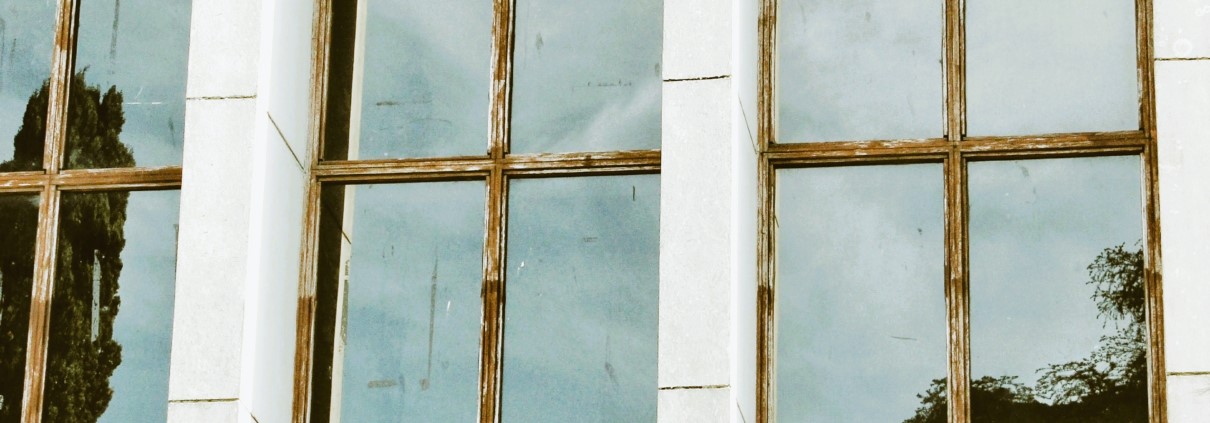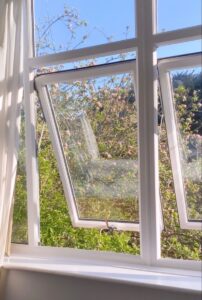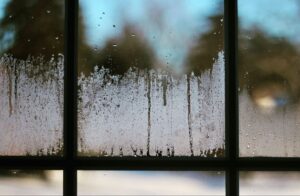Antique glass items are treasures that offer a glimpse into the craftsmanship and artistry of bygone eras. From delicate glassware to intricate stained glass windows, these items carry historical, cultural, and aesthetic value. However, the preservation and restoration of antique glass can be a challenging endeavor, requiring a delicate balance of expertise and care. In this article, we will explore the techniques and principles behind the restoration and preservation of antique glass items, as well as the importance of maintaining these valuable artifacts.
The Significance of Antique Glass
Antique glass items hold a special place in our cultural heritage. They serve as tangible links to the past, offering insights into the techniques and aesthetics of different time periods. Antique glass can be found in various forms, including:
- Stained Glass Windows: Often found in churches, cathedrals, and historic buildings, stained glass windows are masterpieces of art and storytelling.
- Glassware: Antique glassware includes items like goblets, vases, and decanters, which showcase the craftsmanship and design preferences of past generations.
- Mirrors: Antique mirrors often feature ornate frames and unique glass surfaces, reflecting the style of their respective periods.
- Lamps and Lighting: Antique glass lamps and chandeliers offer both functional illumination and decorative value.
- Glass Art: Intricately designed glass sculptures and art pieces highlight the creativity and skill of glass artists throughout history.
Challenges in Preserving Antique Glass
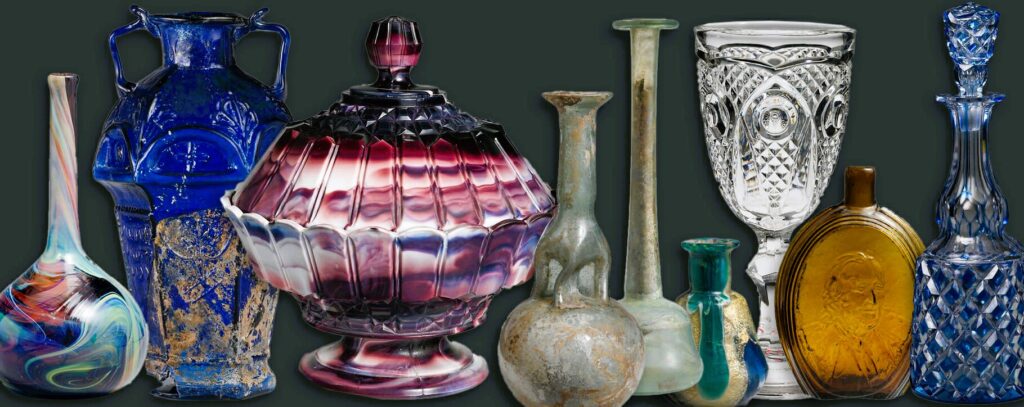
Preserving antique glass presents several challenges due to the natural aging and deterioration of glass and the materials used in its creation. Some common issues include:
- Cracks and Chips: Over time, glass can develop cracks and chips, which can compromise its structural integrity and aesthetics.
- Discoloration: Antique glass may exhibit discoloration or cloudiness due to exposure to environmental factors, such as UV radiation and pollution.
- Loss of Paint and Decoration: Stained glass windows, in particular, can lose their painted details and decorative elements over time.
- Dirt and Grime: Antique glass can accumulate dirt, dust, and grime, obscuring its original appearance.
Preservation Techniques
The preservation of antique glass involves a combination of preventive measures and restoration techniques:
- Preventive Measures:
- Environment Control: Maintain a stable environment with controlled temperature and humidity to minimize the impact of environmental factors on antique glass.
- UV Protection: Install UV-protective films or glazing on windows to reduce the exposure of antique glass to harmful UV radiation.
- Regular Cleaning: Gently clean antique glass items using soft brushes, lint-free cloths, and mild cleaning solutions to remove dirt and grime.
- Handling: Handle antique glass items with clean, dry hands or gloves to prevent oils and dirt from transferring onto the glass.
- Restoration Techniques:
- Cleaning: Carefully clean the glass using appropriate methods and cleaning agents. For stained glass, special attention should be paid to preserving the original paint and leaded lines.
- Repairing Cracks and Chips: Skilled artisans can repair cracks and chips using various techniques, including epoxy resins and glass bonding agents.
- Conservation: Conservators may opt for minimal intervention to preserve the original character of antique glass items. This can include stabilizing weak areas and addressing structural issues without altering the appearance. Do you like the article? Read also about Safety glass for vehicles: in the article about the meaning and technology.
- Recreation of Missing Elements: In cases where decorative elements are missing or deteriorated, artisans can recreate and replace them while adhering to historical accuracy.
- Professional Expertise:
- The restoration of antique glass often requires the expertise of conservators and restorers who specialize in glass conservation. These professionals have the knowledge and skills to assess the condition of antique glass items and determine the appropriate restoration methods.
The Importance of Documentation
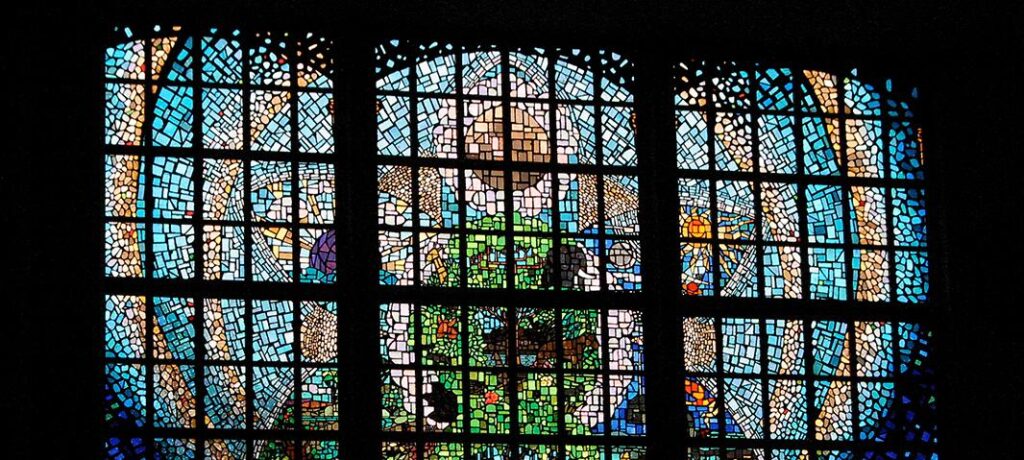
Proper documentation is a crucial aspect of preserving antique glass items. Detailed records should be kept, including photographs, written descriptions, and historical context. Documentation helps track changes in the condition of the glass over time and provides valuable information for future preservation efforts.
Standards and Guidelines
Standards and guidelines for the preservation and restoration of antique glass items are essential references for conservators and restorers. These standards ensure that restoration work is carried out with the utmost care and adherence to established principles. Organizations such as the International Council of Museums (ICOM) and the American Institute for Conservation (AIC) provide valuable guidance and standards for the preservation of cultural heritage, including glass items.
For more information on the preservation and restoration of antique glass items, you can visit on Canada’s official website for standards and regulations. These sources offer valuable insights into the technical aspects and industry standards associated with the conservation and restoration of antique glass.

